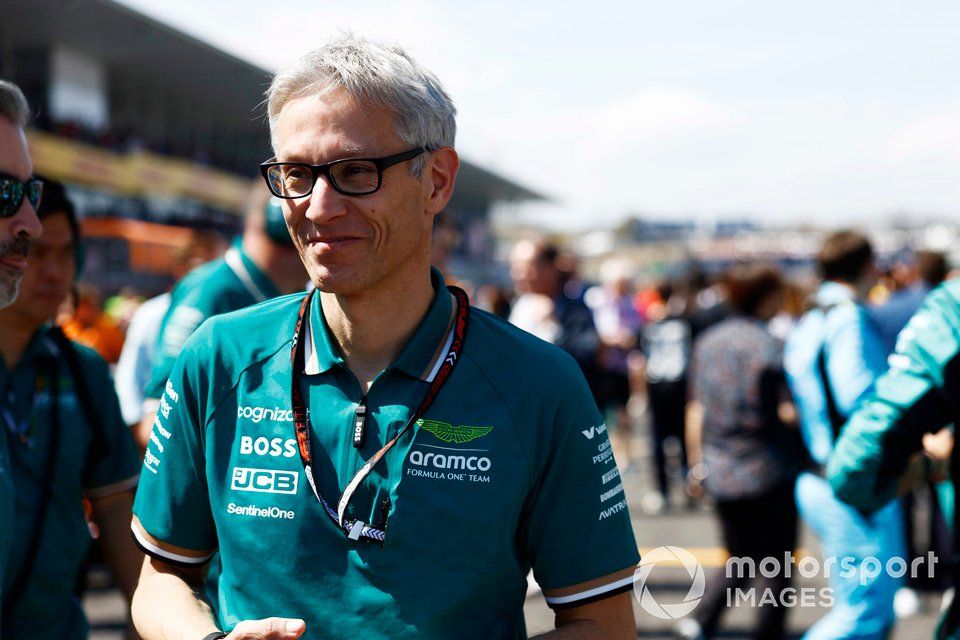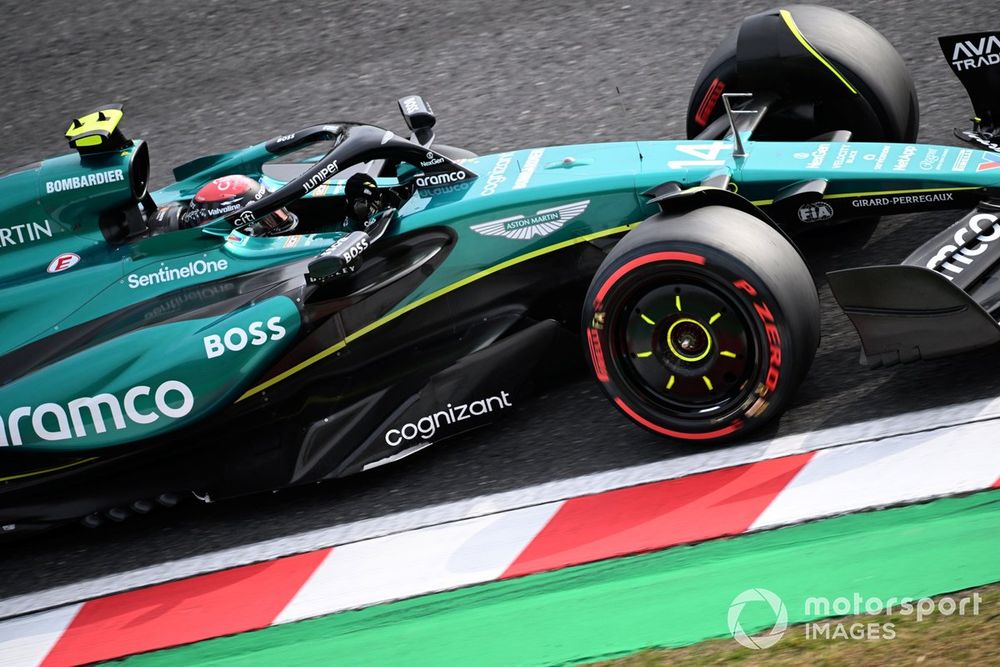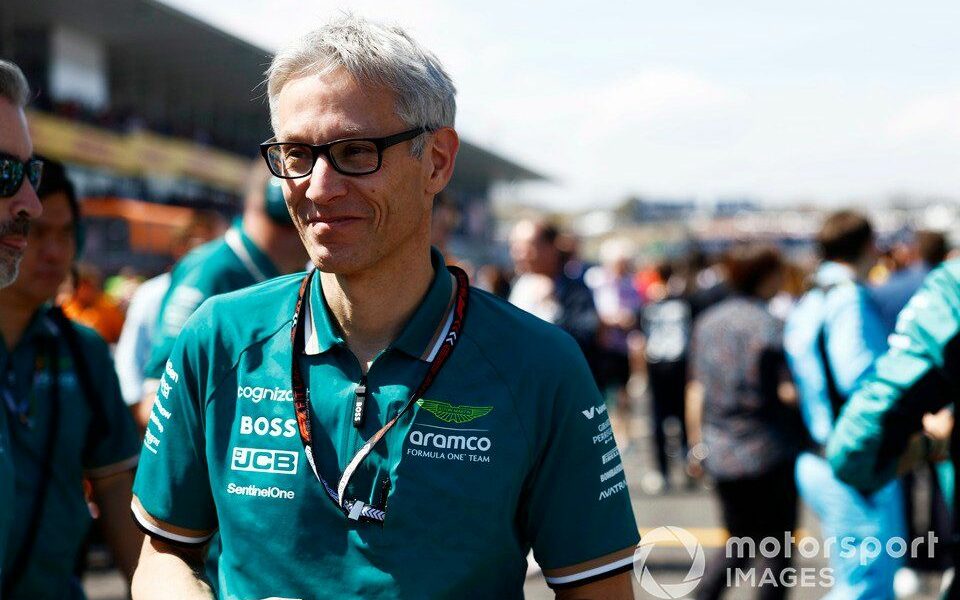Although there is no downside to using them up if needed, teams also know that if they are not in their back pocket for the end of the season, then that carries big risks.
For if the points battle is tight, the last thing a team would want would be some unexpected late-night work triggering a final race grid penalty that could derail all the year’s efforts up until that point.
It is why it is often only in extreme emergencies – like Williams switching cars over in Australia following Alex Albon’s Friday crash – that teams use them up early on in the campaign.
So, it was interesting that at the recent Japanese Grand Prix, Aston Martin elected to also burn through one of its jokers, considering there had been no unexpected drama on the track.
Instead, it was done to ensure that the team did not have to rush the switching over of Fernando Alonso’s car to its latest upgrade package for qualifying day.
As performance director Tom McCullough explained about the early use of a joker: “We never want to do that. But when we looked at the amount of work to do, it was becoming clear that to do a good job with the fit and finish of the cars, and there were some bits that needed bonding to the chassis and stuff like that, it wasn’t going to be possible to get it all done.”
Team principal Mike Krack added: “You have to take everything off, and then you have to put it on. And then, actually, the long time that all this stuff needs is the quality check.

Mike Krack, Team Principal, Aston Martin F1 Team, on the grid
Photo by: Zak Mauger / Motorsport Images
“So, is everything in the right place? Do all the parts fit 100% the way they should?
“If you do not have the quality, and if you go into the next day and one car is one way, and the other car measures something different, it’s the worst case.
“The quality checking and the quality control is actually insane sometimes: how much you have to check and double-check and recheck again.”
But there was a bigger factor at play behind Aston Martin’s call in not sacrificing quality – and that was in ensuring its upgrade path for this year has a different outcome to last season.
The story of the team’s 2023 campaign was of a car that was super competitive at the start of the season, especially when rivals like Ferrari and McLaren were on the back foot, but then lost its way when upgrades produced effects which were labelled as ‘side effects’ that left it a bit lost.
It had to devote a lot of the middle phase of the campaign to understanding what was going on and testing things to try to get a handle on what had changed.
While it came out of the other side with answers, Aston Martin clearly does not want to experience such a rollercoaster again – which is why it is being much more thorough with its development programme for 2024.

Fernando Alonso, Aston Martin AMR24
Photo by: Mark Sutton / Motorsport Images
This does not mean it is more cautious about bringing new parts, for the timing of the Suzuka updates was ambitious because of the way the calendar shakes out, but there is a hint of a new level of confidence about what it needs to do.
As McCullough explained: “You’re always just trying to bring the bits to the track as quick as possible.
“We had a kit that we could bring [to Japan], but it was tight. Then obviously, the next two events are sprint events, and we didn’t want to do it at sprint events.
“Austin last year was quite tough for us, introducing an update there as you’re trying to understand the car. So, for us, it’s just we’re always working in the wind tunnel to develop the car as hard as we can do.”
Aston Martin’s upgrade policy in Japan paid off handsomely, as Alonso duly went on to deliver what he claimed was one of the top five best weekends of his career as he came home sixth.
It proved too that work coming out of the factory was translating to performance on track, and that the AMR24 appears to be a much better platform for improvements than its predecessor.
“I think last year, as we were developing the car, we were struggling to put big steps on the car,” added McCullough.

Lance Stroll, Aston Martin AMR24
Photo by: Sam Bloxham / Motorsport Images
“We’ve changed quite a bit the philosophy of the car. The aerodynamic team are on a good development curve at the moment, and it’s a matter of just bringing the updates and putting them on.
“I think that the architecture and the philosophy of the car has given us the scope to find performance, and we’ve given ourselves a platform to keep doing that.
“The proof of the pudding is going to be the next 20 races. But, for the moment, it’s on the trajectory that we want it to be on.”

